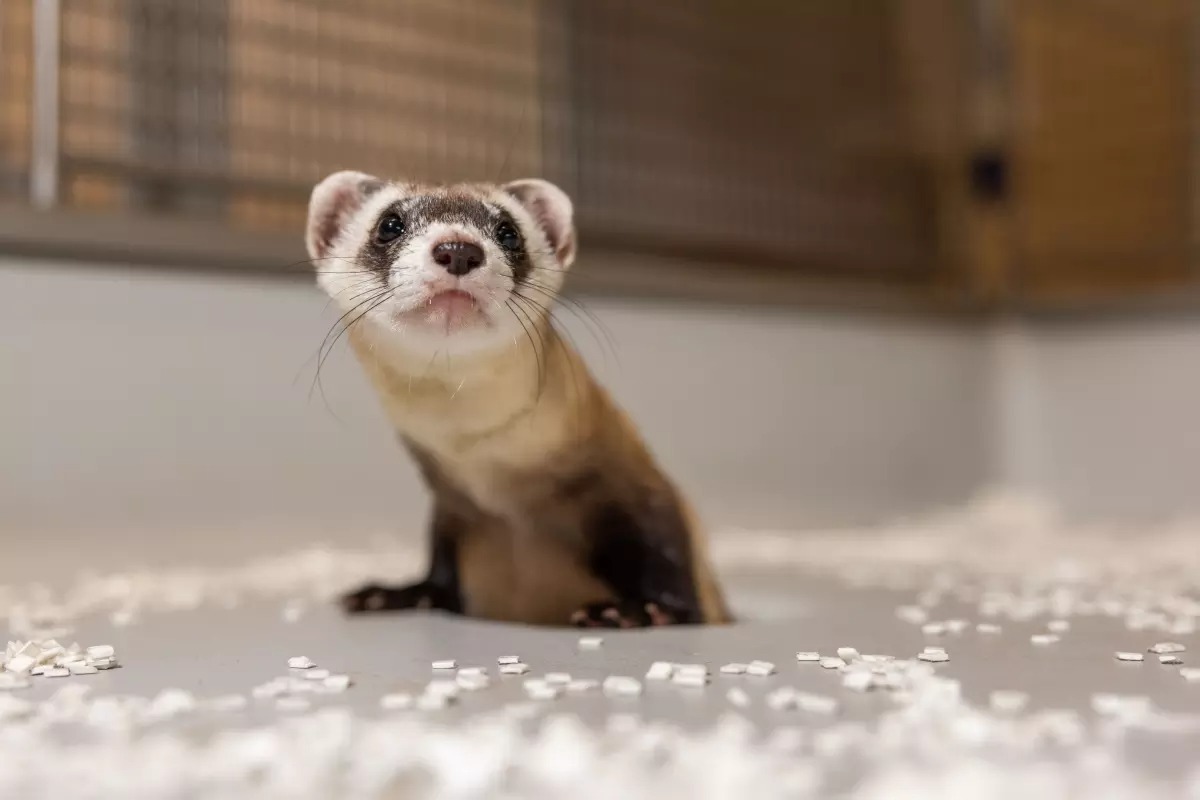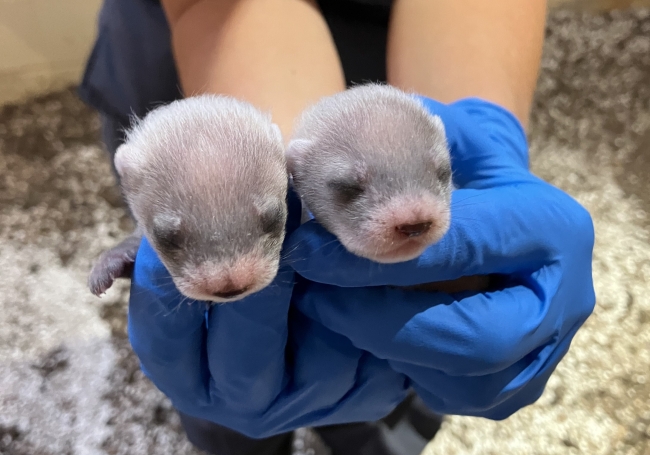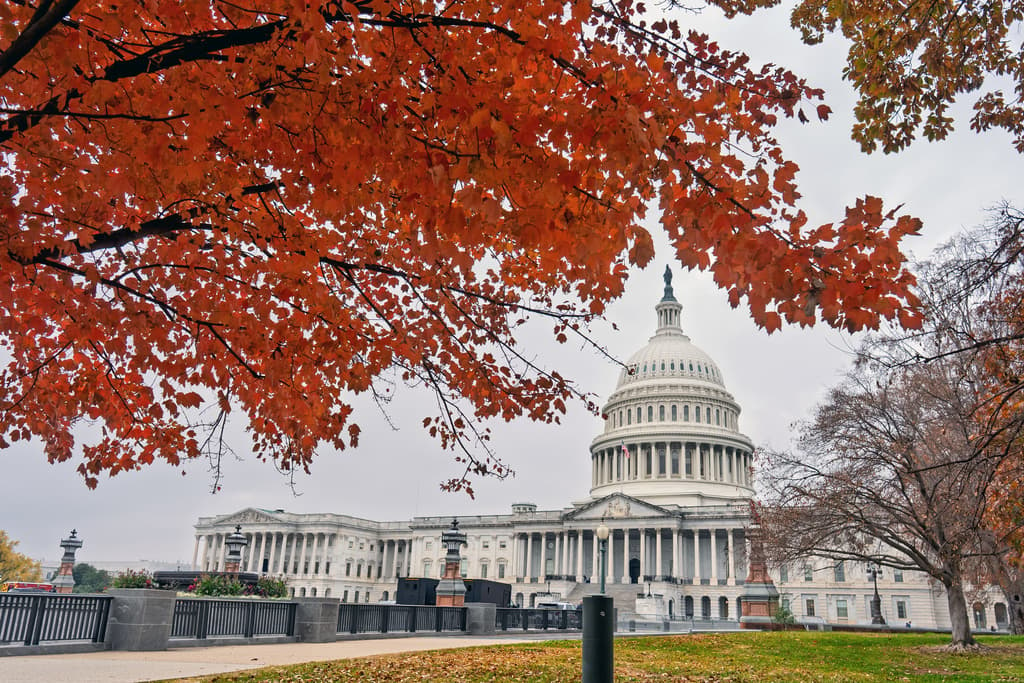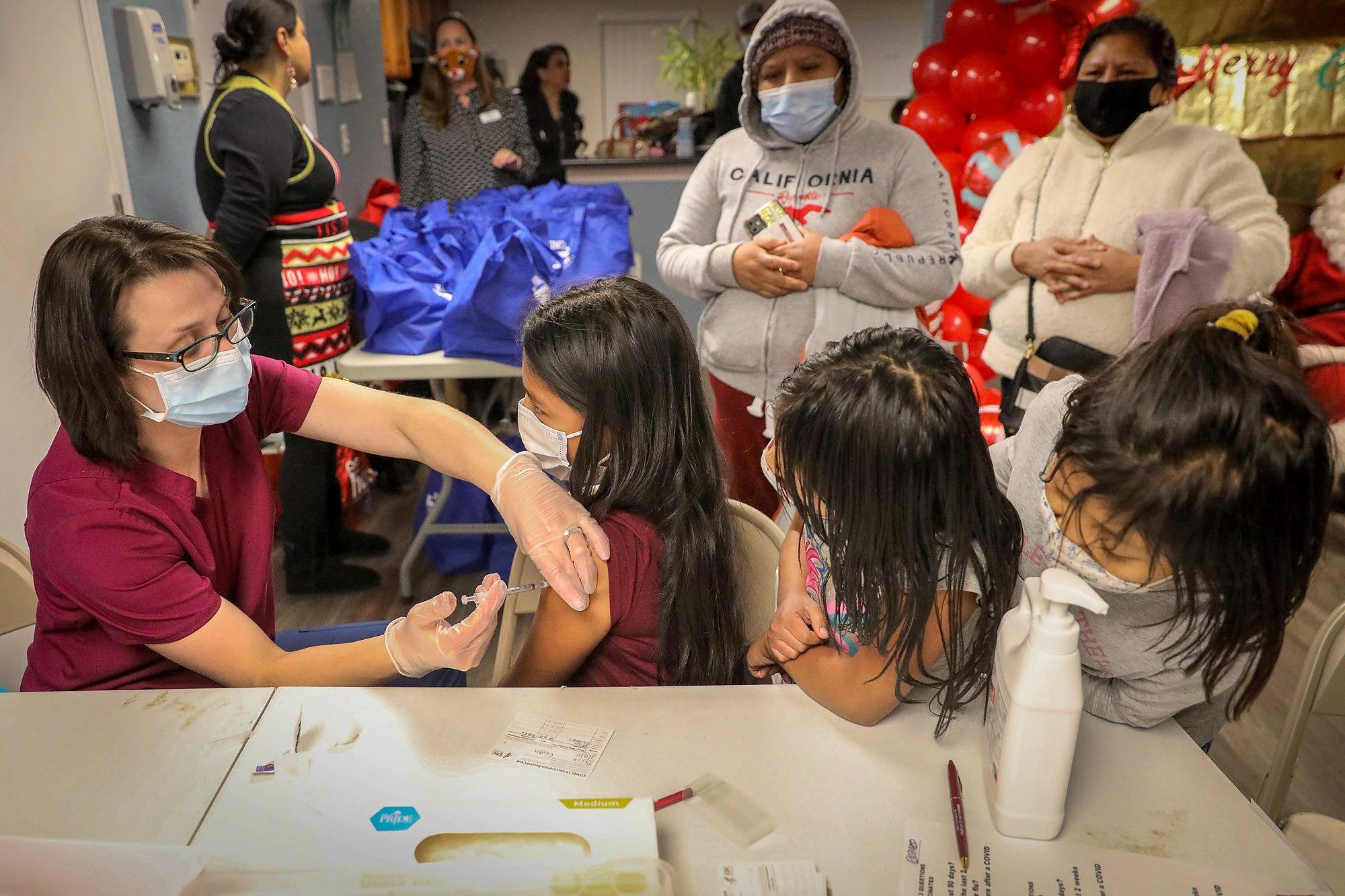
Animals born from cloned endangered species are no longer just for the silver screens of “Jurassic Park.” They might just be a model for species conservation.
The U.S. Fish and Wildlife Service recently announced that Antonia, a clone of a black-footed ferret born in the 1980s, successfully gave birth to two offspring, Sibert and Red Cloud, at the Smithsonian National Zoo and Conservation Biology Institute in Virginia. A third baby, known as a kit, died shortly after birth.
All three ferret kits were born in June 2024 and the two surviving kits are now fully grown, according to Ben Novak, the lead scientist at Revive & Restore, a conservation organization that has partnered with the federal government on ferret conservation since 2013.
Antonia herself is a clone, or a genetic copy, of Willa, a ferret who died in 1988. The San Diego Zoo Wildlife Alliance preserved a copy of Willa’s genetic material in its Frozen Zoo, a collection of preserved cells from nearly a thousand species.
Decades after Willa died, scientists created embryos from her cells and implanted them into female ferrets, who later gave birth to several Willa clones.
Black-footed ferrets are an endangered species in the United States — Novak estimates there are only around 600 ferrets in the wild and in breeding centers around the country, including two centers in Colorado. Any black-footed ferrets living in the wild have been reintroduced by scientists.
The National Black-Footed Ferret Conservation Center in Colorado houses the most ferrets kept in captivity. Ferrets deemed ready to be reintroduced into the wild are moved from inside the center and into outdoor pens. There, they are sheltered from predators and learn how to hunt and live in the burrows of their main food source: prairie dogs. Eventually, they are released and monitored at sites like Walker Ranch, near Pueblo, or Rocky Mountain Arsenal National Wildlife Refuge, in Commerce City.
Since 2001, Colorado Parks and Wildlife has released more than 500 ferrets from captivity, though many have died because of diseases, according to the agency.
Cloning is a conservation-first approach
The births of Sibert and Red Cloud mark the first time that a cloned endangered species in the United States has given birth in a conservation program, according to federal officials.

Technically, a Montana rancher first cloned and then bred offspring of a rare endangered sheep beginning in 2017, in order to trophy hunt the descendants. In October, a federal judge sentenced the rancher to six months in prison for violating federal wildlife laws.
Conservation groups hope that the breakthrough birth will help increase ferret populations and make the species more resilient to disease.
“This project represents a historic milestone in conservation history,” said Ryan Phelan, the executive director of Revive & Restore, in a statement. “For the first time, we can definitively say that cloning contributed meaningful genetic variation back into a breeding population.”
Black-footed ferrets were thought to be fully extinct in the United States in 1979 before a ranch dog captured one in 1981 and brought it back to its owner. That led to the discovery of a ferret population in Wyoming, some of which were later captured to start a breeding program.
Since then, every black-footed ferret alive today in the United States, except for the Willa clones and their new offspring, are descended from just seven of those captured ferrets.
Novak said the problem with having such a small number of ancestors is that black-footed ferrets remain highly vulnerable to diseases like sylvatic plague, which can wipe out the population in the wild.
“[The plague] is the main thing keeping them from making a completely independent recovery,” Novak said. “The whole species has no immunity whatsoever.”
Some scientists estimate there may have been as many as one million ferrets in North America in the 1800s. The ferret population began to rapidly decline in the 1900s as people began clearing their habitat and killing prairie dogs from farmland.
In 2013, conservation groups, commercial companies and federal officials started discussing cloning ferrets to increase their genetic diversity. By 2020, commercial cloning company ViaGen Pets and Equine successfully created ferret embryos from Willa’s preserved cells. They then implanted them into a female ferret, who gave birth to a clone: Elizabeth Ann. In 2023, two more Willa clones were born: Noreen and Antonia.
These three genetic twins have more variations in their DNA than other living ferrets, which means they, and their offspring, could be more resilient to disease. But so far, only Antonia has been able to give birth. And it’s unlikely that her new kits, Sibert and Red Cloud, will be released into the wild.

The first clone ever of an endangered species occurred in 2001 when scientists in the United States cloned an endangered ox, which died two days after its birth. Since then, only a handful of endangered species have been cloned.
Novak, of Revive & Restore, said his eventual hope is to genetically modify ferrets, so they can ward off diseases like the sylvatic plague and survive in the wild.
“The real goal is that someday, we will have black footed ferrets that not only carry more genetic diversity in them for the long term survival of the species, but are also resistant to this disease that's such a barrier to them in the wild,” Novak said.
Editor's note: This story has been updated to correct the number of ferret kits that survived after birth.








